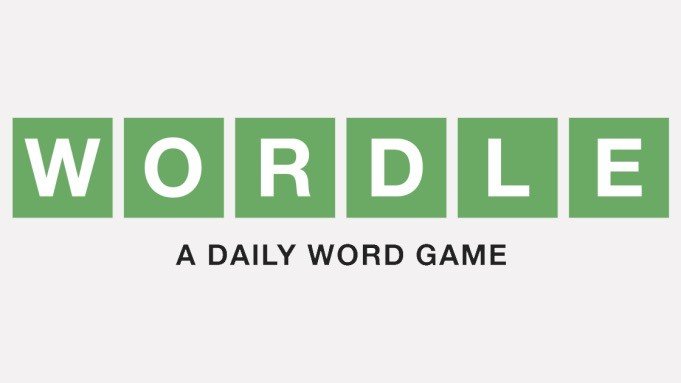It’s official: Wordle has taken over the world since its launch. Why you ask? Well, just Google the word and watch as the Google icon replicates the word game.
The New York Times recently acquired the rights to Wordle, a move that speaks volumes about the immense popularity of the digitally-native word game.
“What’s nice about Wordle is how simple, pleasant and attractive the computer interface is. It’s a great puzzle and it doesn’t take long to play, which makes it perfect for our age when people have short attention spans,” says Will Shortz, the editor of The New York Times Crossword.
Wordle’s foundation is on a love story. Josh Wardle, a Brooklyn-based software engineer whose partner loved word games, created a guessing game for just the two of them. As a play on his last name, he named it Wordle.
Built without a team of engineers, Wordle was developed by was just Wardle and his partner, Palak Shah, killing time in a pandemic.
Wardle said he first created a similar prototype in 2013, but his friends were unimpressed and he scrapped the idea. In 2020, he and Shah “got really into” The New York Times Spelling Bee and the daily crossword, “so I wanted to come up with a game that she would enjoy,” he said.
The breakthrough, he said, was limiting players to one game per day. That enforced a sense of scarcity, which he said was partially inspired by the spelling bee, which leaves people wanting more, he said.
Read Also: Hooked On To Wordle? You Are Not Alone












